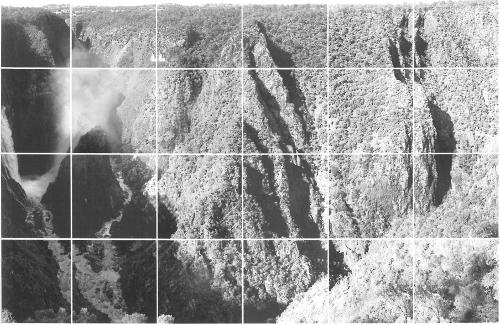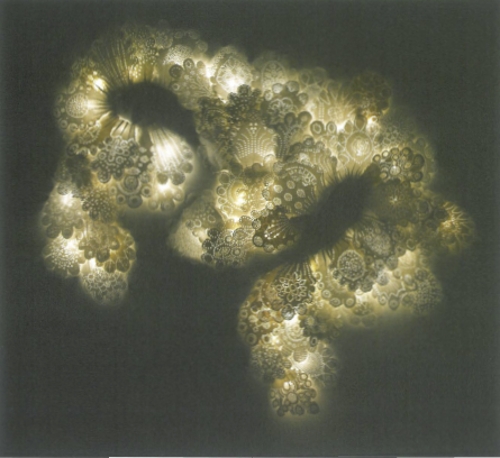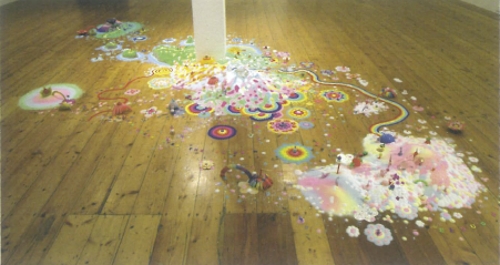
The title of Michael Schlitz' latest exhibition of woodcut prints, at the Bett Gallery in Hobart, is significant on two levels. It refers quite specifically to an ongoing engagement with the 'natural' environment, but also wryly alludes to the manner in which we operate with it – and within it.
At a time when 'political art' seems to be enjoying resurgence all over the planet, the issues for artists who wish to express concerns about the environment and the degradation of the natural environment are complex. In Europe at present there is a decided leaning towards a post-conceptual 'an-aesthetic' approach where the primary concerns of many artists would seem to be to avoid traditional media and use the space of the gallery or art institution to elicit a dialogue or engage in pedagogy. Such an approach owes little to the crafts of arts practice and presents as a bland encounter with texts and images and perhaps video, designed primarily to educate. It is almost as if such artists have decided that the only way to deal with such issues is not to 'cloud' or 'confuse' an idea with the sensual. A key issue in terms of art-making is the nature of 'crafting' itself. The establishment of a sympathetic relation to a material, and the development of a certain virtuosity in its manipulation, (such as Schlitz possesses), should not be things to be denigrated or ignored.
Thankfully, Schlitz' prints remain firmly inside the aesthetic tradition and yet are capable of exploring the nuances of our fraught relationship with the natural world. He is also able to add to the tradition of printmaking itself – no mean feat. Of all the traditional art forms printmaking is often the quietest and least arresting, yet Schlitz has produced a suite of powerful images, aesthetically sophisticated yet never prioritising the formal over content. Here the issues and the images are wedded in a simple and eloquent balance, a bit like the difference between poetry and prose.
In all of these works the images are centralised and monumental, consisting of a simple human image and a tree or landscape. His method of detailed cutting of the whole surface of the block gives the prints a unity and an internal connectedness not usually present in this medium which generally relies for its effects on stark areas of black and white. Schlitz achieves a complex and subtle range of tonalities and contrasts through many depths of black/grey/white as well as the variety of depth and width in the line. These techniques are exemplified in Mangrove boy and Two inverted trees, (both from 2005) and go far beyond simply addressing the contentious issues such as clear felling and logging of old growth forests. Instead they depict a relationship with nature which refers to a more timeless, even mystical engagement with forests and invites comparisons with the Japanese tradition.
Our relationship with nature is depicted from a variety of points of view, all unsullied by editorialising on the artist's part. The character in one image is carrying two saplings, perhaps to plant them, (although he may equally have just torn them from the ground); in Forester another's face is depicted as the face of the cut tree, implying perhaps that what we do to a tree, (the environment), we in some ways do to ourselves. There is psychic room to enter into these works. The direct and powerful medium of woodblock ensures that the ideas are never harmlessly aestheticised and the scale of the prints underscores this, some as large as 138cm by 125cm.
It seems appropriate that the artist's concerns are expressed through the medium of woodcut, given their subject matter and it is refreshing to encounter an artist who has the capacity to eloquently address issues of concern. That he can do so and add something new and significant to an ancient tradition is all the more creditable.












